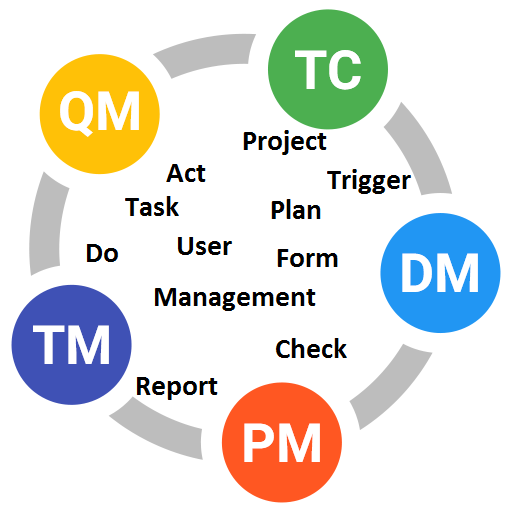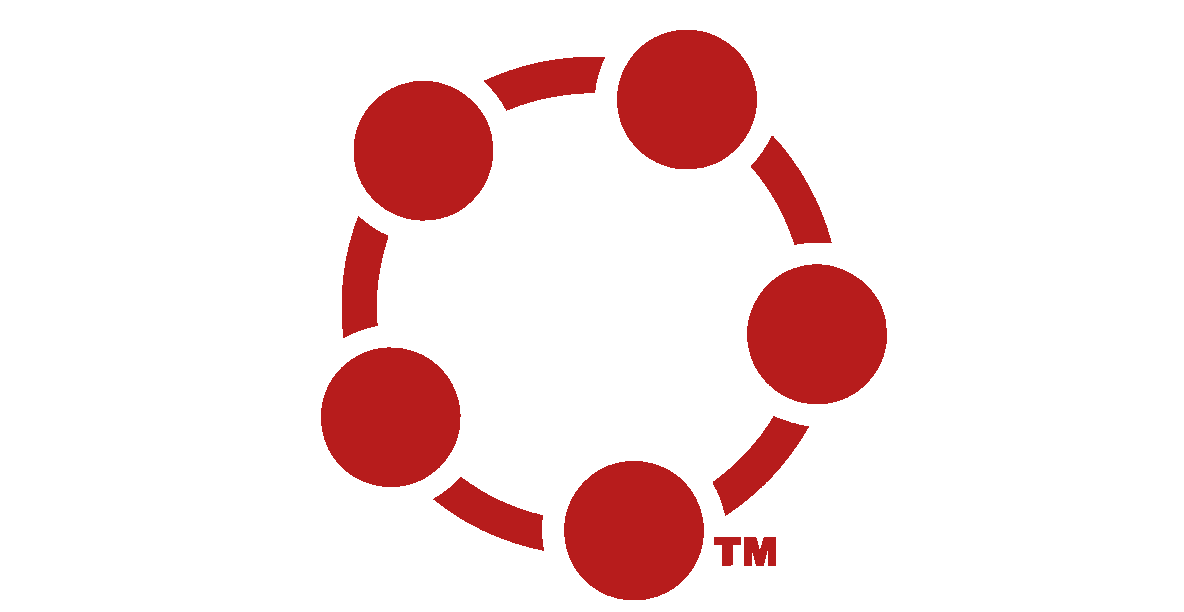
Management Through Quality, an Innovative Approach to Collaborative Compliance
Software as an industry is unique in that not only can it be a product it can also be a service. Moreover, it is its own means of production;
Increasingly software can be found in all kinds of products, products that are ever more built to ISO standards, a.k.a. quality standards. And where quality and ISO standards are involved, compliance is the burden that must be applied.
However, quality and compliance are seen more as a function of management responsibility rather than as a project or team level responsibility. This perception results in the expectation that quality and compliance require an additional layer of bureaucracy to impose and chase the paper trail.
A more enlightened view is one where Q&C is managed directly by the teams within the projects they undertake. This approach requires tight collaboration on a project between team members.

In the latest PC Mag review of Project Management (PM) software Jan 2016, the author’s picks all featured some kind of chat software, the simplest form of collaboration. The “top” players integrated Chat within the Project Management software, whereas in the “lesser” brands it’s available as an add-on. The ability to avoid email and collaborate directly about a specific task was the primary benefit.
[NOTE TO READER: It should be noted that several industry leaders in Project Management software were not included in the PC Mag review, which in this author's view diminishes “Editors Choice” to simply ‘flavor-du-jour’. It's akin to excluding clowns from a circus – and that is not fair to PC Mag readers who rely on their articles to be unbiased.]
Most interesting, however, is that simple Chat is considered the basis for collaboration within most Project Management software. With popular chat apps, such as Slack or HipChat, it is easy to see that collaboration is the new “must-have”. Albeit there are API level integrations, it’s still an add-on that not only raises the per-user cost of ownership, but it also is never truly integrated into the project management functionality and even less to documentation management. Add-on apps are convenient, but not a solution. They are however time-savers and e-mail killers.
ISO Standards
Another trend in Project Management software is the adaptation to specific project needs. Usually, this involves painstaking integration through custom APIs, such as Slack to add some collaboration. Rarely is such integration able to integrate all the wished functionality? Furthermore, the risk in this approach is that all software gets upgraded which usually means either a do-over or a total freeze and either way, adds to the learning curve for the team. Still, API integration and collaboration remain the buzzwords ‘du jour’.
Buzzwords aside, the most significant trend in Project Management is Standards compliance - ISO standards. However, from a Project Management perspective compliance translates into an increased paperwork burden and additional controls, a.k.a. management intrusion, which as any project manager will tell you, leads to added delay. In the software world, delay is pain.

ISO compliance, therefore, becomes a burden, where adding even a single layer of QMS management can lead to a documentation nightmare and to control issues rather than keeping the focus on deliverables and of course the customer. Nevertheless, customers demand quality.
At the company level, compliance, therefore, has two dimensions, first, the management of the quality process and second, the key quality aspects of the deliverable, be it a product or service.
Current ISO compliance adherence is a documentation based process by which companies focus on quality management through documentation and reporting. It’s an add-on process that in practice is focused only on the resulting intrinsic quality parameter or predefined requirement. i.e. “5mm, not 4.8mm”, or “page 33 of this book is missing”. Still, it must be quality; we have a signed piece of paper to prove it!”.
Management through quality compliance
An innovative and novel approach to quality and compliance can best be expressed as management through quality compliance as opposed to quality management. Management through quality compliance is different because the focus is not on quality as the end game, but rather on quality as the process to achieve compliance. Quality compliance is not only the end game, it is also how the game is played.
Such an approach to quality and compliance puts the focus on collaboration to first unite the differences between management and the project team to foster a greater team collaboration between project members. The aims and goals of each must be united into one process, rather than adding layers of extra reporting and intrusion.
"Management through quality compliance is different because the focus is not on quality as the end game, but rather on quality as the process to achieve compliance."
But such an approach must still deliver the essential functionality required of project management software – these are the table stakes. Collaboration then must be integral to the process, so that ongoing interaction between the team members are not only fostered and recorded but also trigger appropriate reviews, actions, and follow-ups - all documentable.

Fundamentally, management through quality compliance is based on ongoing collaboration between the various team members and management that links each step in the project process. Quality is reviewed and reported not so much as endpoints, but as ongoing play points, so in the end, there should be no surprises. The rules that govern the ISO requirements are built into the management processes to form one continuous cycle of compliance designed by/ established on workflows and business processes based on integrated compliance.
In Football, the coach, not unlike management, sends in the play from the sidelines. The endpoint is to score. But to score, you have to march down the field and that is accomplished through a series of first downs, play points. Plays sent in from the sidelines are designed to get a first down. The quarterbacks job, like a project manager's job, is to run the plan and get a first down, an achievable goal. The players, the team members, all have their assignments. If the play is executed properly, a first down is achieved, so the quality is reported as good. If no first down was achieved, then an assignment was not properly executed, and the quality needs to be adjusted before the next play. If enough 1st downs are achieved, the team drives into the end zone and scores. Enough scores, they win.
"In Football, the coach, not unlike management, sends in the play from the sidelines. The endpoint is to score."
The touchdown play is a collaboration between all the players on the field and coaches on the sidelines. A quality outcome is determined by quality points, ‘play points’. When the game plan is followed and the quality points monitored and adjusted along the way, errors are minimized and quality, the big score, is the most likely outcome.

Collaboration drives compliance. Collaboration is what drives management through quality compliance. Add-on apps, such as Slack or HipChat are like the water boys on the bench, they might be available to quench a thirst, but they don’t win games. They lack the ability for quality feedback, documentation compliance, trackable compliance, and integration. Still, they are better than nothing, albeit more suitable for peewee football.
Traditional Project Management software, on the other hand, is good at tracking and following complex projects but doesn’t provide the ongoing feedback to change the play and figure out the defense. Adding some form of integrated chat is a plus, but real collaboration requires a more complete approach and deliberate quality management. Again, add-ons like Slack and HipChat are inadequate as compliance is a beast that will not be denied.
Compliance is a fact of life in today's ISO governed world, ISO documentation is the “devil’s details” that cannot be ignored. Like it or not, compliance is documentation based. Either add a layer of additional management or as management through quality compliance advocates, integrate it into the processes at the project level so that each player understands the play thereby contributing to its successful outcome.
Today, Project Management is not just a one-trick pony, but a combination of teamwork, project management, documentation management, compliance management and quality management all inter-related and inter-reliant.
This all-inclusive approach is not just how games are won, but how champions are crowned.

Furthermore, in the various segments of the project management ecosystem, risk, and the analysis thereof, is an integral part to understanding the intrinsic value of quality, especially with regards to user experience (UX) in such fields as the medical device industry.
qmsWrapper Wins the Spring 2024 Top Performer Award in Top Performer from SourceForge
Discover the New Features in qmsWrapper 9.0 Release
qmsWrapper Earns High Ratings and Five G2 Badges for Winter 2024